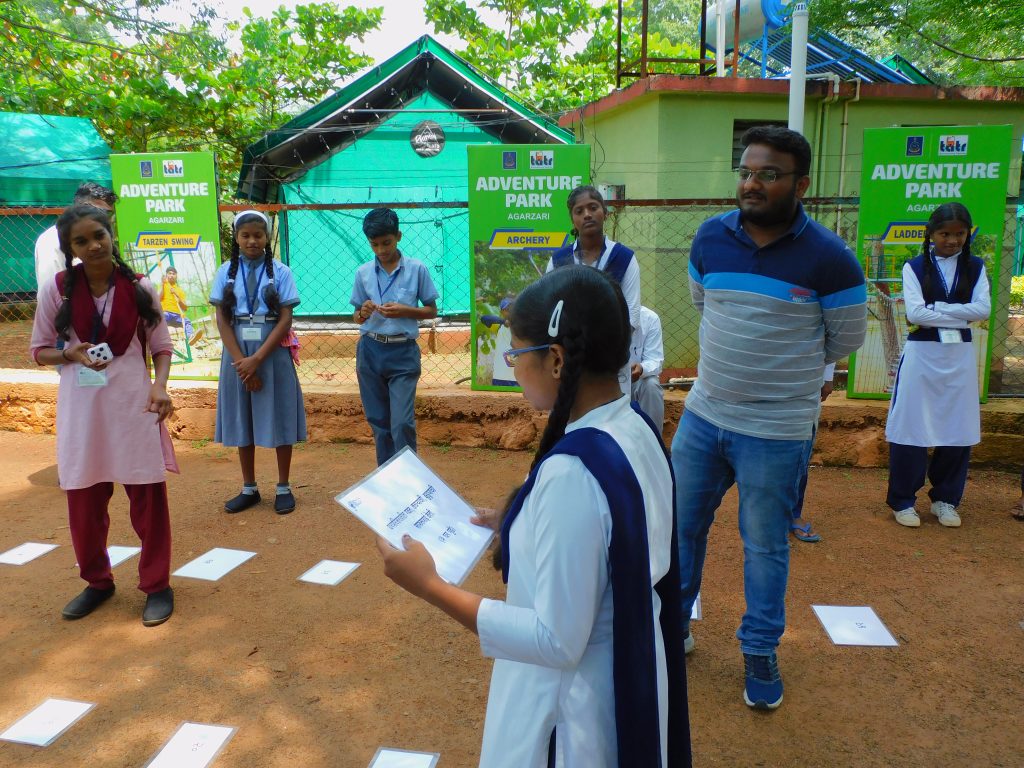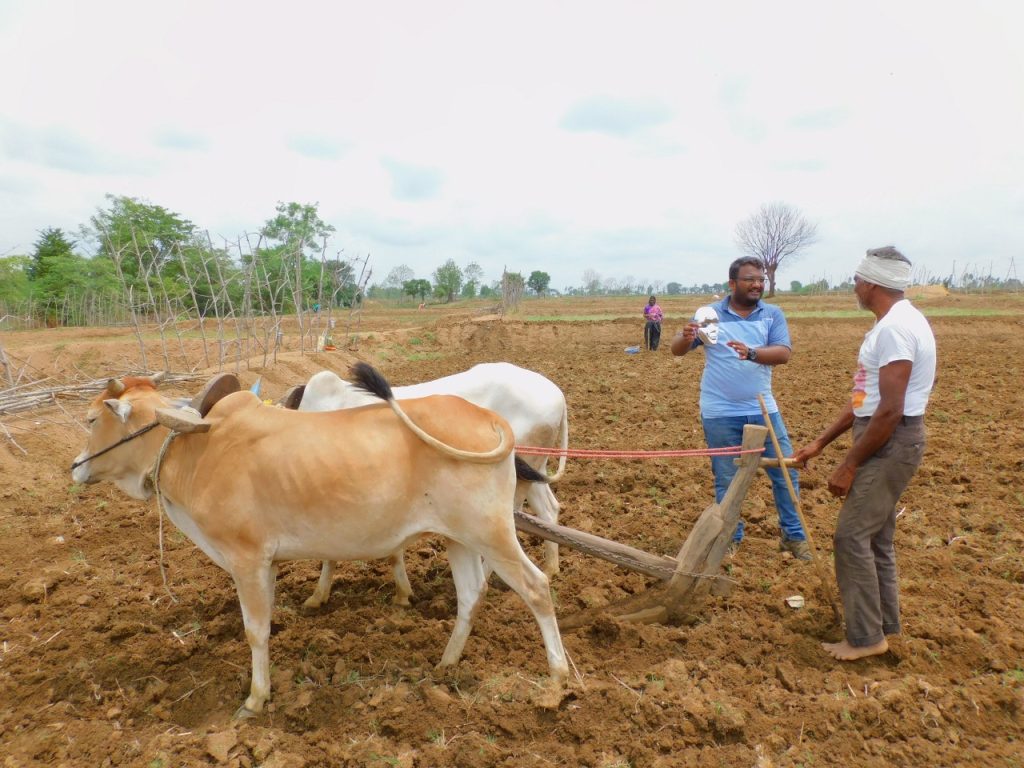Amey Paranjpae, Education Assistant at Bombay Natural History Society (BNHS) speaks to us about what drove him towards conservation, what he loves about his job and why working with local communities is important.
- Tell us a bit more about yourself and what got you interested in working for the environment
Back in my school days, I remember attending a nature education program conducted by Nature Conservation Society of Amravati (NCSA) which is incidentally, an SLTP partner too. These nature camps and activities got me interested in the environment from a young age and encouraged me to explore more about forests, wildlife and tigers.
Post my graduation in Biotechnology, I got an opportunity to work with the BNHS team as an education assistant within the SLTP program. Currently, I work on the mobile education initiative in the central Indian Landscape through which we are spreading environmental awareness among students in 100+ schools situated around Tiger Reserves. I feel tiger conservation is not only important for the communities living around forest areas, but also for city dwellers. This drives my passion for the protection of tigers, their forests and also the communities living in close quarters with them.
- How does a typical day unfold for you
For our nature education work, we start early in the day and visit around 3-4 schools around Tiger Reserves and conduct programs. On other days, I conduct programs at the BNHS Conservation Education Center in Raj Bhavan, Nagpur.
So my day revolves around interacting with students, community members living around forests and other individuals connected with wildlife and education.

- What do you love about your current job
I love being in the wilderness and in the villages situated in close proximity to forests. I feel at home here.
- Could you share a key learning or experience from the field
Prior to the commencement of my grassroots conservation work with BNHS, I had the notion that the community members living near forests may be responsible for causing harm to their surrounding forests.
After conducting various studies and working on field for more than 3 years, I have learned that these community members are also part of the ecosystem and we have to work with them to conserve tigers. Students, especially are very important as we have the opportunity of developing their perception and channel their minds towards tiger conservation and coexistence with wildlife.

- Have you experienced a positive change regarding conservation in your area
I feel due to conservation efforts, the National parks and Tiger Reserves of India are in a good state now. But as Tiger numbers recover, we are also seeing an increased number of human-wildlife conflict cases, especially in the Chandrapur area. Hence, we have to continue to work hard to address these challenges. But forest departments, NGOs and other stakeholders are working hard and that is positive.

